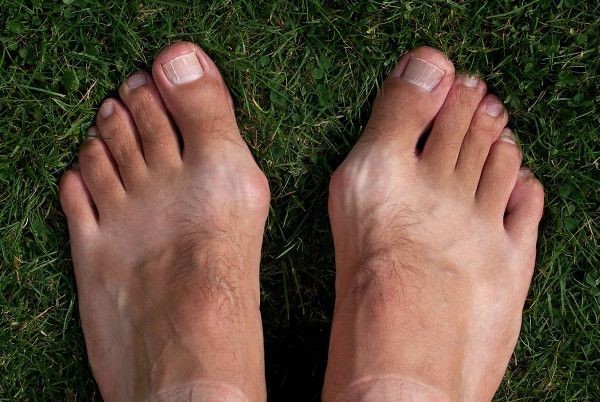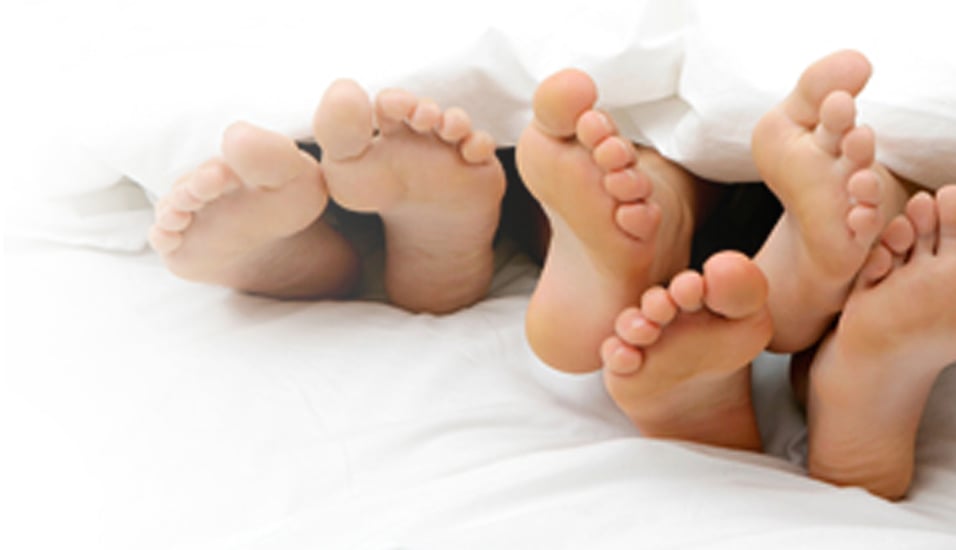What are Bunions? Hallux Valgus (HV) or more commonly known as bunions are bony deformities that form at the base of the big toe. It is a very common condition, affecting more women than men, and can be due to a variety of reasons. These include a congenital biomechanical issue, stress from footwear and underlying medical conditions such as arthritis or gout. My mother has bunions, so does my grandmother, does it mean I will get them too? Bunions are often due to inherited foot shapes. If there is a family history of the condition, chances are that you will get it too. A lowered medial arch can result in a bunion developing as the foot struggles to push off, and the joint alignment is out of sync. Hypermobility can also contribute to bunion formation as there is insufficient rigidity to allow adequate propulsion.  Why does everyone discourage me from wearing high heels shoes? High heels can be beautiful and can elongate the female form, giving an illusion of height and slimness. However, they also realign the body mechanics, causing the forefoot to sustain greater pressure. This impact when weight-bearing can cause inflammation and subsequent bony deformity as the body readjusts itself in the attempt for stability. Returning to level ground after years of high heel usage can be quite a painful experience as the soft tissues would have shortened to accommodate the difference in height. I am a man, I shouldn’t get bunions! Bunions can occur in individuals with arthritic conditions as their joints flare up and the body lays down more bone. Recurrent flare ups can cause progressively debilitating joint rigidity causing more pain with previously achievable day to day tasks. So what is classed as a bunion? Hallux Valgus occurs at the big toe, and tailor’s bunion at the little toe. Both sites are common areas for bunion formation. They can appear enlarged, red, and painful, have a burning sensation or numbness. Some may have creaking or grating sounds when moved. Callous formation may occur especially if there is sheering stress in the area. These may develop corns than can exacerbate the discomfort. How do I treat my bunions? Bunions are progressive deformities, and will not manifest overnight. By removing known contributing factors, you can slow down the disease progress. Practicing good footwear choices from young can help reduce their formation in later years. Existing bunions can be accommodated in wider fitting shoes or even sandals with adjustable forefoot straps. Arch supports can be utilised to control excessive pronation that causes the bunions, while props can help control the lateral deviation. These will not correct the condition but can be used to control the rate of deformity. In the instance where there is severe deformity, surgical correction is an option for long term management. Even then, a firm approach to appropriate post-op footwear is required to prevent reoccurrence of the condition.
Why does everyone discourage me from wearing high heels shoes? High heels can be beautiful and can elongate the female form, giving an illusion of height and slimness. However, they also realign the body mechanics, causing the forefoot to sustain greater pressure. This impact when weight-bearing can cause inflammation and subsequent bony deformity as the body readjusts itself in the attempt for stability. Returning to level ground after years of high heel usage can be quite a painful experience as the soft tissues would have shortened to accommodate the difference in height. I am a man, I shouldn’t get bunions! Bunions can occur in individuals with arthritic conditions as their joints flare up and the body lays down more bone. Recurrent flare ups can cause progressively debilitating joint rigidity causing more pain with previously achievable day to day tasks. So what is classed as a bunion? Hallux Valgus occurs at the big toe, and tailor’s bunion at the little toe. Both sites are common areas for bunion formation. They can appear enlarged, red, and painful, have a burning sensation or numbness. Some may have creaking or grating sounds when moved. Callous formation may occur especially if there is sheering stress in the area. These may develop corns than can exacerbate the discomfort. How do I treat my bunions? Bunions are progressive deformities, and will not manifest overnight. By removing known contributing factors, you can slow down the disease progress. Practicing good footwear choices from young can help reduce their formation in later years. Existing bunions can be accommodated in wider fitting shoes or even sandals with adjustable forefoot straps. Arch supports can be utilised to control excessive pronation that causes the bunions, while props can help control the lateral deviation. These will not correct the condition but can be used to control the rate of deformity. In the instance where there is severe deformity, surgical correction is an option for long term management. Even then, a firm approach to appropriate post-op footwear is required to prevent reoccurrence of the condition.
This article is contributed by Stella Chai, Podiatrist, IMU Healthcare









